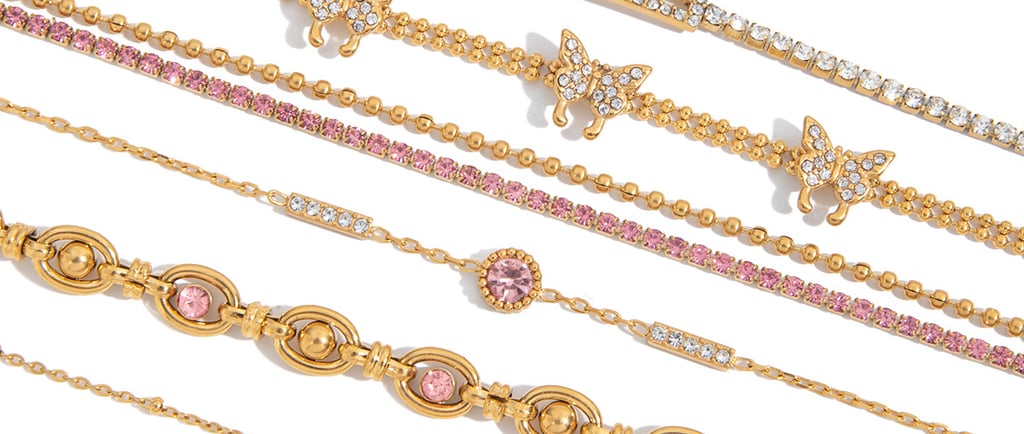What’s the Difference Between 316L, 304 and 201 Stainless Steel in Jewelry?
Not all stainless steel is created equal – and choosing the wrong one may cause rust, allergies, or quick tarnishing! Here’s a breakdown of the 3 most common grades of stainless steel used in jewelry
Michael
8/5/20251 min read


🥇 316L Stainless Steel
Known as surgical grade steel
Hypoallergenic, corrosion-resistant, and extremely durable
Can be worn in water, sweat, or even hot springs
Best for high-end, long-term wear jewelry
✅ Ideal for: Sensitive skin, premium jewelry, branding clients
🥈 304 Stainless Steel
Affordable, widely used in fashion jewelry
Decent corrosion resistance and good shine
Slight risk of rust under heavy sweat
Cost-effective and easy to work with
✅ Ideal for: Fashion brands, wholesalers, medium-term wear
🥉 201 Stainless Steel
Cheapest option – but not without risk
High nickel content, more likely to rust or cause allergies
Often used in ultra-low-cost jewelry
⚠️ May be mixed in secretly by unprofessional factories
🔬 Simple Test to Identify:
MethodExpected Result (316L)Magnet TestNo magnetic pullSaltwater 48hr soakNo rust spotsBend Test (20x)No deformation or break
🎁 We are Lris Jewels, a trusted stainless steel jewelry manufacturer with a focus on long-lasting, tarnish-free craftsmanship.
💬 Feel free to DM us to get samples or consultation!
#StainlessSteelJewelry #316L #JewelryTips #SourcingTips #JewelryBusiness #TarnishFree #OEMJewelry